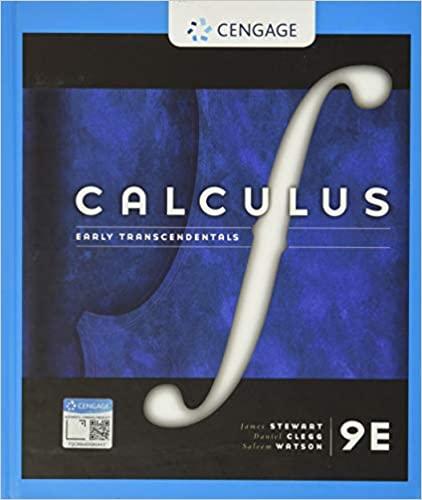Question
1.Some evidence suggests that you are likely to improve your test score if you rethink and change answers on a multiple-choice exam (Johnston, 1975).To examine
1.Some evidence suggests that you are likely to improve your test score if you rethink and change answers on a multiple-choice exam (Johnston, 1975).To examine this phenomenon, a teacher gave the same final exam to two sections of a course.Students in one section were told to turn in their exams immediately after finishing, without changing any answers.In the other section, students were encouraged to reconsider each question and to change answers when they felt it was appropriate.Before the final, the teacher matched nine students in the first section with nine students in the second section based on their midterm grades.For example, a student in the no-change section with an 89 on the midterm was matched with a student in the change section who also had an 89 on the midterm.The final exam grades for the nine matched pairs of students are presented below.
Matched Pair No-Change Section Change Section
1 71 86
2 68 80
3 91 88
4 65 74
5 73 82
6 81 89
7 85 85
8 86 88
9 65 76
a. State the null and alternative hypotheses
b. Compute the test statistic using SPSS
c. What is the effect size (you will need to compute Cohen's d from data given in the SPSS output table)
d. Write the Results section for your findings.Include the descriptive statistics, type of statistical test and results of the test, effect size and the confidence interval.
Step by Step Solution
There are 3 Steps involved in it
Step: 1

Get Instant Access to Expert-Tailored Solutions
See step-by-step solutions with expert insights and AI powered tools for academic success
Step: 2

Step: 3

Ace Your Homework with AI
Get the answers you need in no time with our AI-driven, step-by-step assistance
Get Started


